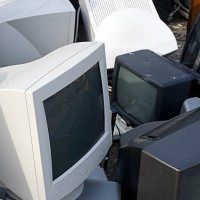

The Environment Agency has announced a further exemption from the handling of waste electrical and electronic equipment (WEEE), which will be provided through the environmental permitting regime later this year. Currently, only two exemptions exist for WEEE under the regime - for repair and refurbishment, and the secure storage pending recovery elsewhere. At present, the repair exemption does not relate to the dismantling of WEEE, and the storage exemption relates only to WEEE taken as a whole.
It is the Agency's intention that an additional exemption will be introduced to cover the actual dismantling of WEEE prior to onward recovery of its components, as well as for the storage of component parts for the purpose of recovery elsewhere. However, an application for a permit under the new exemptions will not be granted unless:
In other news, guidance has been issued on the streamlined WEEE regime, following the Waste Electrical and Electronic Equipment (Amendment) Regulations SI 2009/2957, which came into force on 1 January 2010. The Environment Agency's "WEEE Amendment Regulations Factsheet" sets out the implications for approved authorisation treatment facilities, approved exporters and producers who are members of producer compliance schemes, following the recent changes.
The factsheet can be viewed at http://www.environment-agency.gov.uk/static/documents/Business/WEEE_2009_amendments_factsheet_.pdf.
For more information, see: